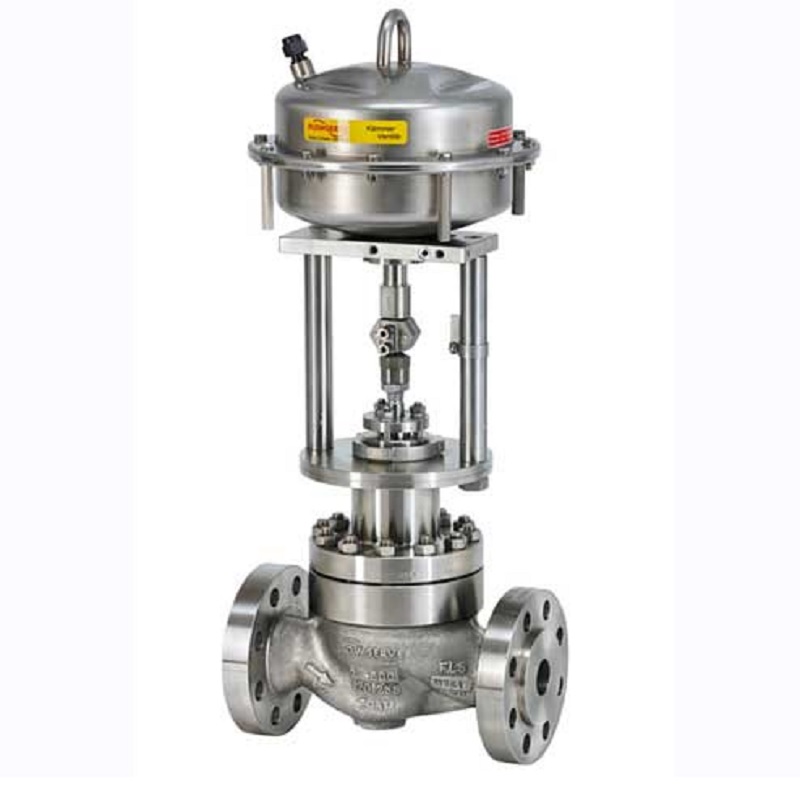
Maximize Energy Savings and Comfort With Advanced Building Automation Controls
In the world of contemporary style and center management, the integration of advanced structure automation regulates stands as a pivotal development. By harnessing the power of automation, buildings can adapt, react, and develop in means that were once unimaginable.
Energy Performance Advantages
Energy efficiency benefits can dramatically minimize power usage and functional expenses in structures. Energy-efficient systems, such as innovative building automation controls, can optimize the use of sources like cooling, lights, and heating, leading to lower energy expenses over time.
Additionally, improved power efficiency can prolong the lifespan of building tools and systems. By operating much more effectively, HVAC systems, lighting components, and other building elements experience much less deterioration, resulting in lowered maintenance and substitute prices. Additionally, energy-efficient structures typically command greater home worths and rental prices, offering long-lasting monetary advantages to proprietors.
Furthermore, energy efficiency can improve occupant comfort and efficiency. Properly managed interior atmospheres with ideal lighting and thermal conditions produce a more pleasant and conducive work area, resulting in improved employee satisfaction and performance. Generally, the power effectiveness benefits related to sophisticated structure automation controls are diverse, incorporating expense financial savings, ecological stewardship, and owner health.
Boosted Convenience Control
Enhancing convenience control in structure atmospheres requires a sophisticated integration of advanced automation systems for optimal occupant health. By making use of advanced building automation controls, centers can tailor the interior setting to meet the specific demands and preferences of owners. control valves.
By integrating these innovative controls, structures can not only enhance convenience yet also enhance power performance by optimizing system operations based on actual tenancy and usage patterns. Ultimately, prioritizing passenger convenience via advanced automation systems leads to a much more satisfying and much healthier interior environment.
Operational Effectiveness Improvements

Moreover, the execution of real-time monitoring and analytics tools allows structure operators to determine energy ineffectiveness and operational anomalies immediately. By continuously keeping track of energy use patterns and system efficiency metrics, modifications can be made in real-time to optimize energy consumption and guarantee peak functional efficiency. control valves. In addition, integrating need feedback strategies into structure automation controls can better boost operational performance by dynamically changing energy usage based on grid conditions and prices signals
Indoor Climate Optimization
Reliable indoor environment optimization is a fundamental aspect of structure automation controls, ensuring owners' comfort and wellness while maximizing power savings. By utilizing innovative sensors and controls, constructing automation systems can constantly check and adjust temperature level, moisture degrees, air top quality, and ventilation to produce an optimum interior setting. Keeping consistent and comfy problems not only boosts occupant satisfaction yet additionally increases performance and general health.
Indoor climate optimization additionally plays an important role in power effectiveness. By fine-tuning heating, ventilation, and air conditioning systems based upon real-time data and tenancy patterns, constructing automation controls can considerably decrease energy consumption - control valves. Carrying out techniques such as demand-controlled ventilation and thermal zoning can assist reduce energy waste while guaranteeing that each area of the building gets the required conditioning.

Lasting Setting Production
Structure automation manages not just maximize indoor climate conditions for energy effectiveness and passenger comfort but additionally lay the structure for producing a sustainable setting with strategic monitoring of resources and systems. By integrating innovative building automation modern technologies, such as sensors, actuators, and smart software program, centers can keep track of look at more info and adjust energy usage in real-time to lessen waste and decrease their carbon footprint. These systems enable anticipating upkeep, determining prospective concerns before they escalate and enhancing equipment performance to improve long life and effectiveness.
Moreover, sustainable environment development expands beyond click this link power administration to include water preservation, waste decrease, and indoor air quality improvement. Structure automation controls can manage water usage, identify leakages, and make sure proper garbage disposal practices, adding to overall sustainability efforts. In addition, by checking and managing ventilation and purification systems, these innovations improve occupant health and wellness and productivity while lowering energy consumption related to cooling and heating operations.
Conclusion
In final thought, advanced structure automation regulates offer substantial benefits in regards to power financial savings, comfort control, functional effectiveness, interior environment optimization, and developing a lasting setting. By carrying out these controls, buildings can accomplish ideal performance while decreasing energy consumption and boosting owner convenience. It appears that making use of advanced automation technology is essential in enhancing building efficiency and producing a more lasting future.
Power efficiency benefits can significantly reduce power intake and functional costs in structures. Overall, the energy efficiency advantages linked with sophisticated building automation controls are diverse, encompassing price savings, ecological stewardship, and passenger well-being.
In addition, incorporating demand feedback strategies into building automation controls can better enhance functional read review efficiency by dynamically changing power use based on grid conditions and pricing signals.
Building automation manages not just enhance indoor climate problems for energy efficiency and occupant comfort but likewise lay the structure for creating a lasting setting with tactical management of systems and sources.In conclusion, advanced building automation manages offer substantial benefits in terms of power savings, comfort control, operational performance, indoor climate optimization, and creating a lasting environment.